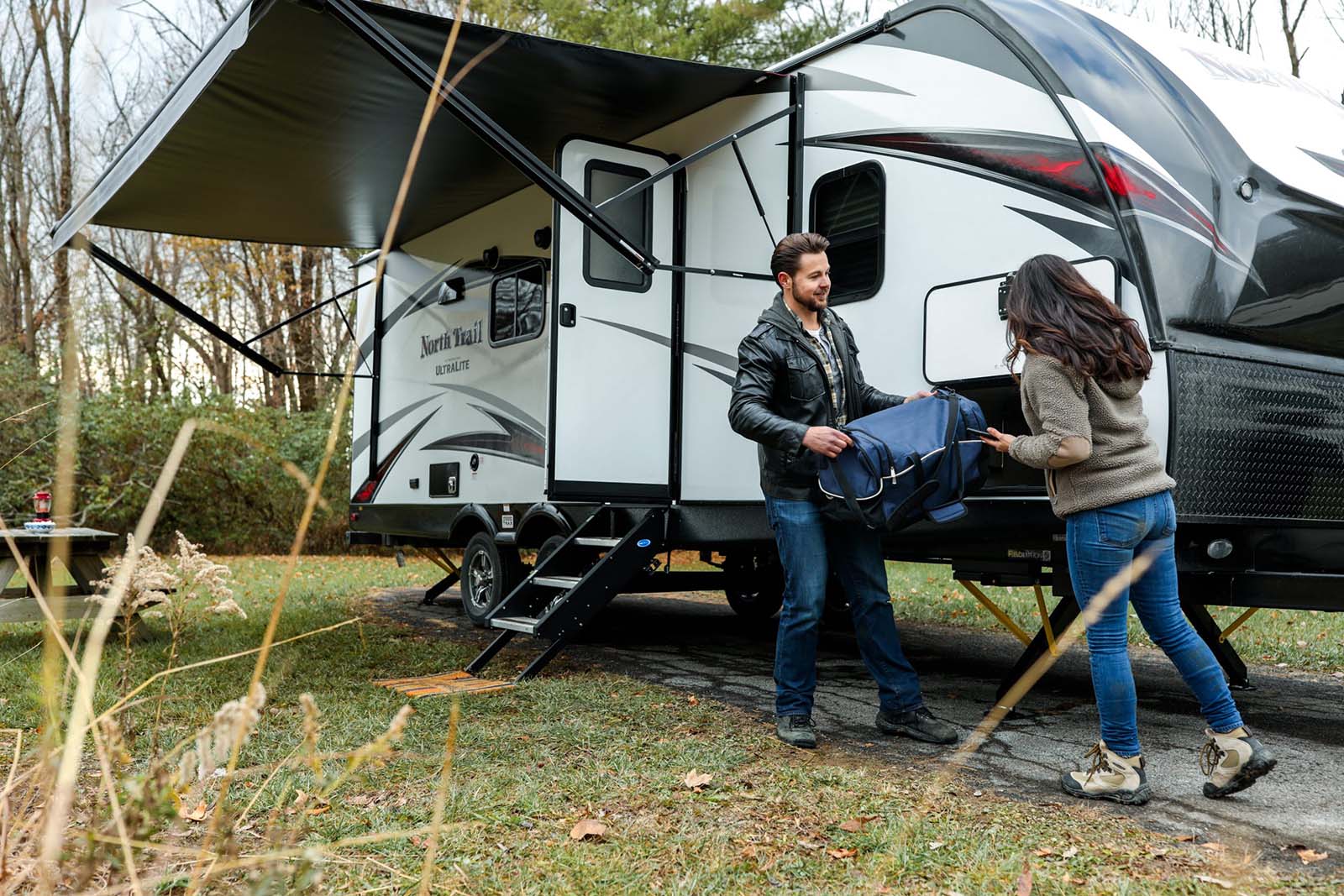Title: Charging a 12V Battery Without a Charger: Alternative Methods for Emergency Situations

Introduction: A 12V battery is commonly used in various applications, from automobile engines to power supply devices. However, what happens if you find yourself without a charger to replenish its energy? This article provides guidance on alternative methods to charge a 12V battery in emergency situations. Please note that these methods should only be used temporarily or in emergencies, as they may not be as efficient or safe as using a proper charger.
H2: Method 1: Using Jumper Cables and a Running Vehicle H3: Precautions 1. Prior to connecting the jumper cables, make sure that both vehicles are turned off. 2. Check the battery terminals for any corrosion or damage. Clean and secure them properly. 3. Connect the positive terminal of the dead battery to the positive terminal of the charged battery using the red jumper cable. 4. Next, connect the negative terminal of the charged battery to a solid ground on the car with the dead battery—such as an engine bolt or metal bracket. 5. Start the engine of the running vehicle and let it idle for a few minutes. This will transfer a charge to the dead battery. 6. Attempt to start the vehicle with the dead battery. If successful, let the engine run for at least 30 minutes to allow the alternator to recharge the battery fully.
H2: Method 2: Solar Panel Charging H3: Selecting the Right Solar Panel 1. Calculate the voltage and current rating of the solar panel required to charge your 12V battery. This information is typically available in the product specifications. 2. Ensure the solar panel has a built-in charge controller to prevent overcharging or damage to the battery.

H3: Connecting and Charging 1. Place the solar panel in direct sunlight, ensuring there are no obstructions blocking its access to sunlight. 2. Connect the positive terminal of the solar panel to the positive terminal of the battery and the negative terminal to the negative terminal. 3. Monitor the battery’s charging progress using a voltmeter. It is recommended to disconnect the solar panel once the battery is fully charged to avoid overcharging.
H2: Method 3: Alternator Charging H3: Precautions 1. This method should only be used in emergency situations, as it can put strain on the vehicle’s electrical system. 2. It is crucial to ensure your alternator and vehicle’s wiring can handle the additional load.
H3: Charging Process 1. Park the vehicle with the dead battery in close proximity to another running vehicle. 2. Connect the positive terminal of the dead battery to the positive terminal of the running vehicle’s battery using jumper cables. 3. Connect the negative terminal of the running vehicle’s battery to a solid ground on the car with the dead battery. 4. Start the engine of the running vehicle and let it idle for several minutes to transfer a charge to the dead battery. 5. Attempt to start the vehicle with the dead battery. If successful, let the engine run for at least 30 minutes to allow the alternator to recharge the battery fully.

Conclusion: While it is not ideal to charge a 12V battery without a charger, the above methods can be used temporarily or in emergency situations. Always prioritize safety and consult a professional for assistance when available. Remember, these methods should not replace the use of a proper charger for regular battery maintenance.

